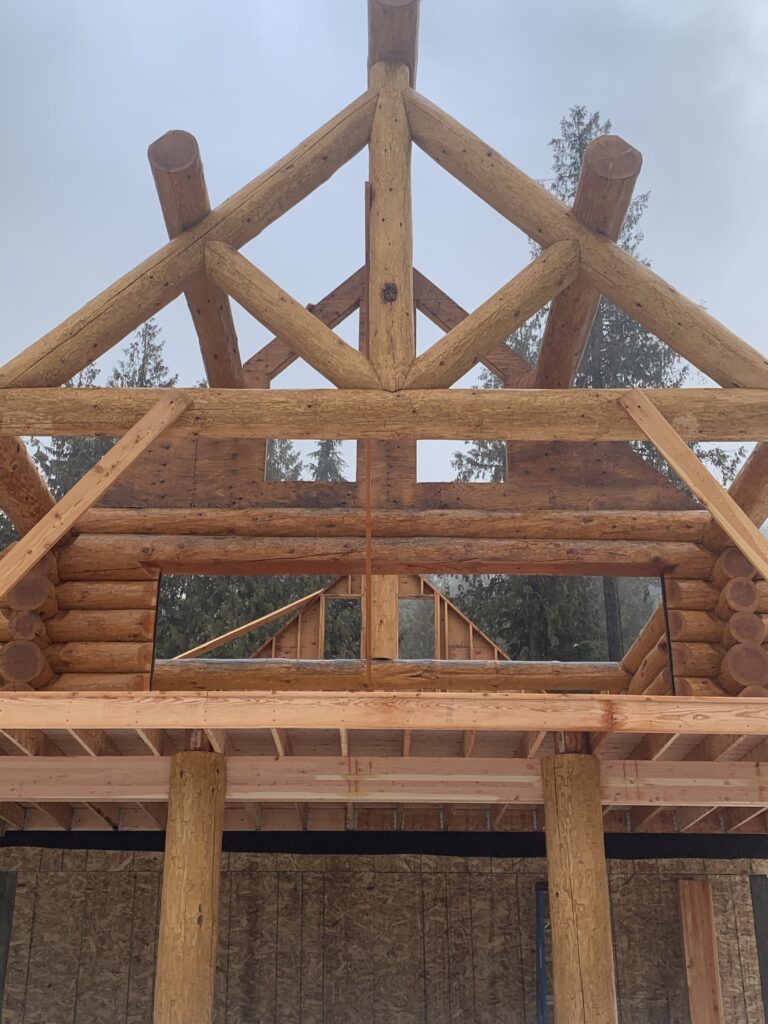
Once ground is broken, construction has begun! This can be a very exciting time and a very stressful one, too. However, having a great team is the first step in having a good experience. The second part is managing your expectations. As American novelist Lev Grossman is quoted as saying “…it was that they were hard in ways that you didn’t expect.” Construction is one of those things in life that rarely ever goes perfectly. Bad weather, slow product deliveries, the economy – these are just a few things that can affect the project completion. In most cases, the general contractor will address and resolve issues with very little impact on the homeowner (hence the quality team part); but, as a homeowner, you can do a lot for your stress level by expecting the unexpected.
Let's Make it Easier
To help make this process easier, here are some tips to get you started.
#1 Make sure you understand the contract before you sign it. The first thing to do is read it. Unfortunately, too many people sign contracts without reading them and it can cause confusion later. Don’t be afraid to ask questions, even if it feels silly. Unless you are already in the construction industry there will be things that are new to you. A good contractor will take time to answer your questions thoroughly.
#2 Plan for delays. It is recommended to keep your move in date flexible until the project is close to completion. As you will soon see, there are many moving pieces to the project and sometimes things temporarily delay production. However, the time frame should be relatively close to the original estimate barring any major delays. If your contractor is staying in communication with you about situations as they arise, there is no need to worry. One idea that will help to keep the project on schedule is to ask for a penalty clause to be included in the contract that details a refund to the client if the project goes over schedule.
#3 Ensure there is builder risk insurance, also known as course of construction insurance. Typically this is purchased by the general contractor and protects against mistakes or mishaps that may occur during construction. Ask your contractor to provide a certificate of liability insurance that shows they have coverage that covers the cost of your project including materials and labor if a loss should occur.
#4 Contact your insurance agent – Ask your insurance agent if there is any additional coverage you should have to protect your job site. Also, ask them when you need to have a homeowners policy set up.

What to Expect During Construction
There is a general flow to the order a house is built in. Below we have outlined the order you can typically expect.
- Planning & permitting
- Utilities
- Accessibility / driveway/ road building
- Site prep – tree removal
- Breaking Ground
- Excavation
- Foundation
- Sub Floor
- Framing
- Log Set
- Interior wall framing
- Roofing
- Framing
- Covering
- Windows/ Doors
- Plumbing rough in
- Heating rough in
- Electrical rough in (Log homes require some electrical to be completed as the log structure is put in place)
- Interior
- Ceilings
- Cabinets
- Sheet rock
- Flooring
- Fixtures
Can you be your own General Contractor?
Some people act as the general contractor on their project. This is a task that takes a large amount of time commitment. Although it may seem like a large dollar saving idea, sometimes lack of experience can cause costly problems that eat up that savings quickly. Please, think long and hard about acting as the GC for you project before embarking upon the task. If this is something you wish to sink your teeth into, consider purchasing “The Ultimate Log Home Planning Guide” to help walk you through the process. It helps with budgeting, and gives outlines for interviews to help you hire the best contractor. While acting as GC, you can expect to get a lot of quotes on various building aspects and will want to keep those organized. The planning guide is the perfect place!
Where do the logs come in?
Caribou Creek is typically considered a subcontractor as the log supplier. However, because we are building such a large portion of the house we work very closely with contractors. Also, not all contractors have experience building log projects. Depending on the log style you are building, special framing instructions may be required for the doors and windows to account for future log movement. In select cases we have acted as the general contractor on a log home project only when the project is close to our base operation in Bonners Ferry, Idaho.
Before the log portion of the house can be set, the subfloor and foundation need to be in place. Caribou Creek offers a reset service where we send a team of crafters to the site destination, hire a crane service, and set up the log house in a matter of days. This service is often appreciated by the clients and contractors alike. Since we are so familiar with the home it is faster and less complicated for us to reset a house.
After the logs are set, the house can really start being finished. This can be a lengthy process depending on the size and detail of the house, but is not always the case with smaller projects.
With logs being such a large portion of the house we usually are one of the first place people call when starting the process of building their dream log home. As a result, we have found that maintaining relationships with land brokers, architects, and contractors around the country is very helpful. Please feel free to contact one of our log home consultants no matter where you are in the process. We are happy to help and offer our recourses whenever possible.








